Kim Potowski - virtually (Hispanic Linguistics):
Dr. Kim Potowski is Professor of Spanish linguistics at the University of Illinois at
Chicago. Her research focuses on Spanish in the United States: Who uses it, with whom, and for what purposes? What changes is it undergoing? How does it connect to identity and to promoting social justice?
Sam Amago - virtually (Hispanic Literatures):
Sam Amago is William R. Kenan Jr. Professor of Spanish at the University of Virginia, where he serves as Chair of the Department of Spanish, Italian and Portuguese. His most recent book is Basura: Cultures of Waste in Contemporary Spain (U of Virginia Press, 2021), which won the Modern Language Association’s Katherine Singer Kovacs Prize for outstanding book published in English or Spanish in the field of Latin American and Spanish literatures and cultures.
Patrícia Lino - in person (Portuguese):
Patrícia Lino (1990) is a poet, an essayist, a performer, a translator and Associate
Professor of poetry and visual arts at UCLA. Among her books, videopoems, translations, and sound experiences are, for instance, Imperativa Ensaística Diabólica. Infraleituras da Poesia Expandida Brasileira (2024), O Kit de Sobrevivência do Descobridor Português no Mundo Anticolonial (2024), A Ilha das Afeições (2023), Barriga ao Alto (2023), Aula de Música (2022), I Who Cannot Sing (2020), Manoel de Barros e a Poesia Cínica (2019) or Vibrant Hands (2019).
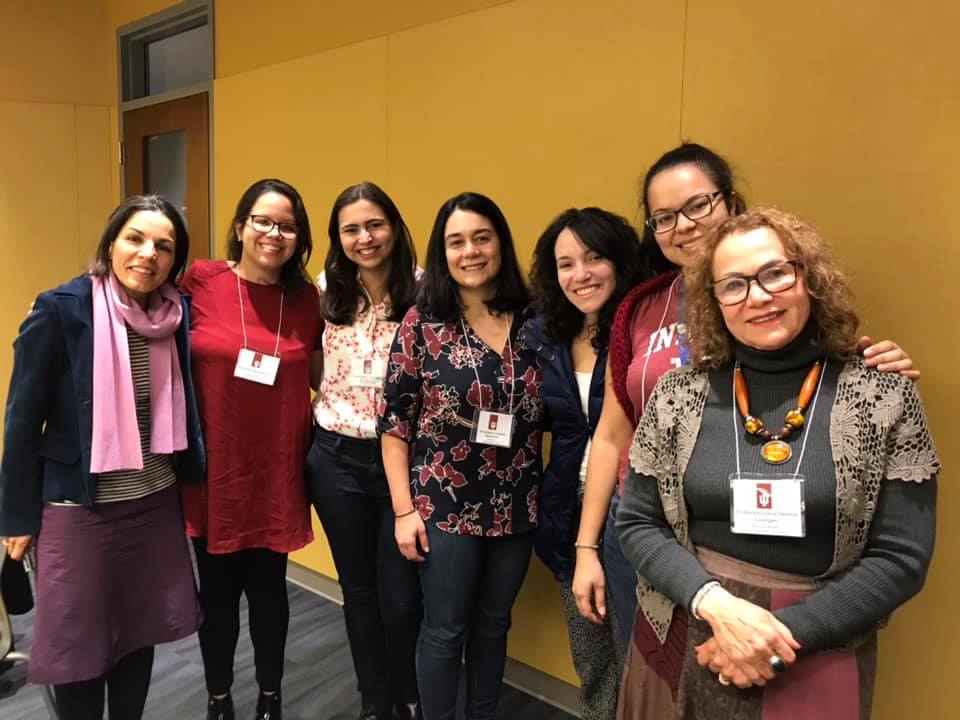
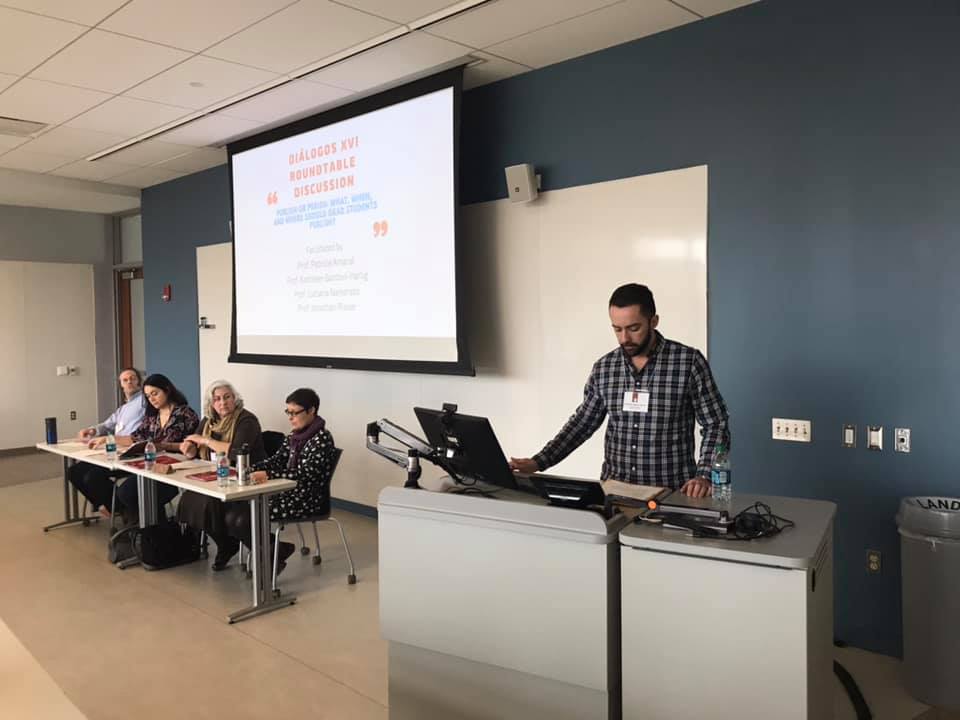
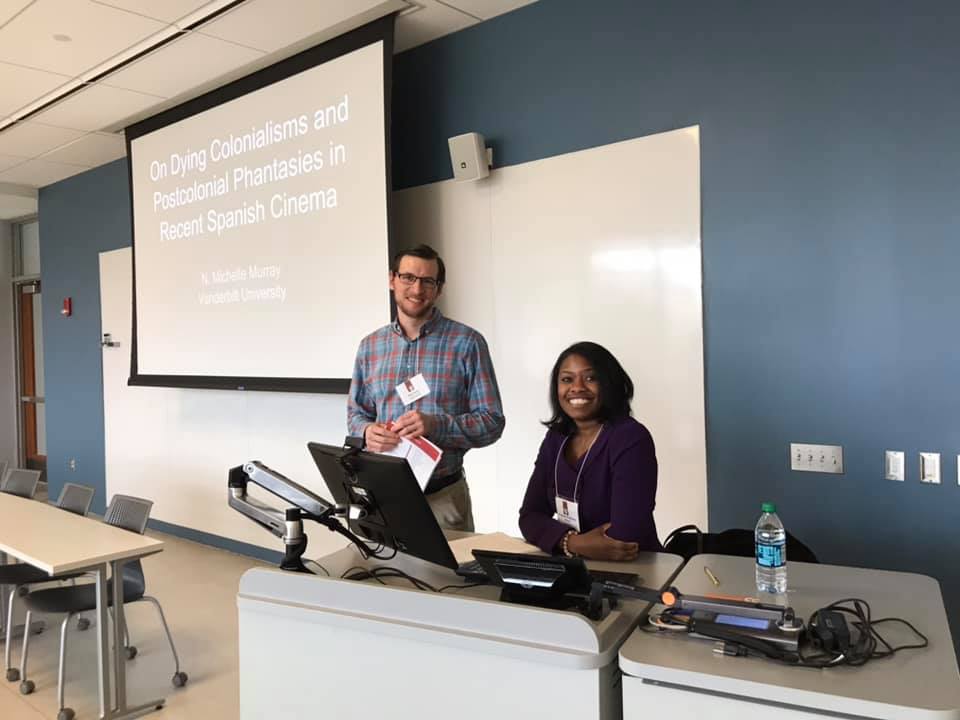
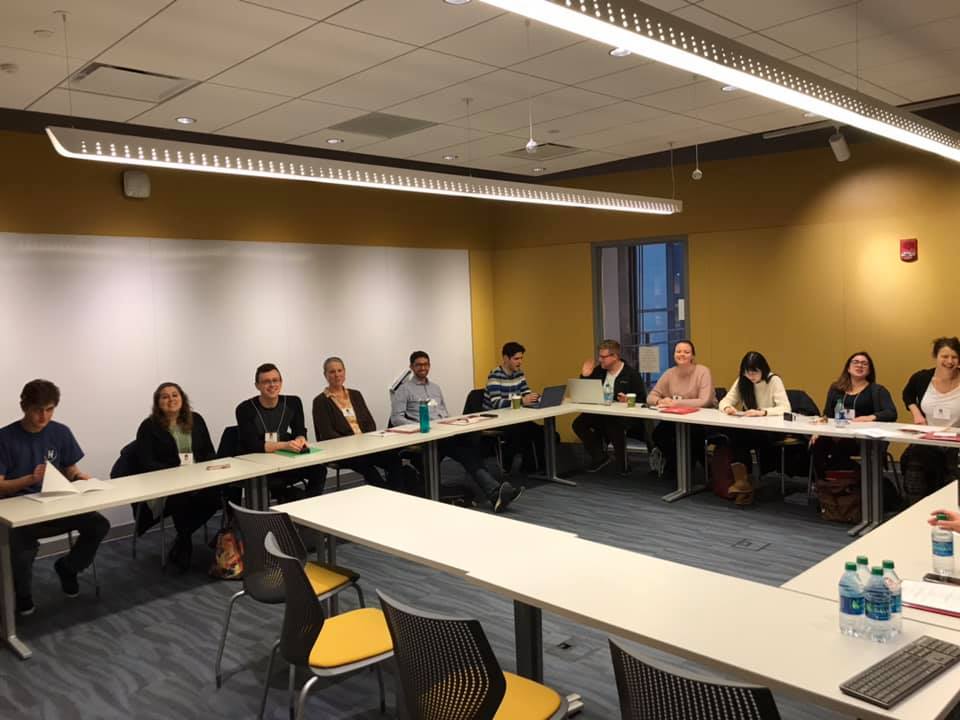
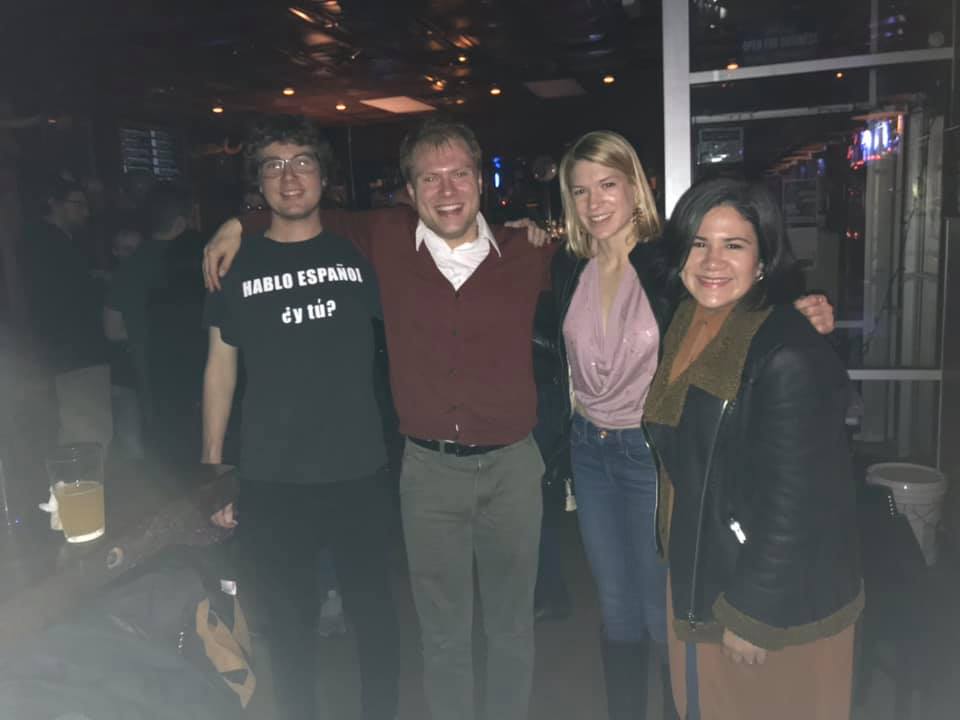
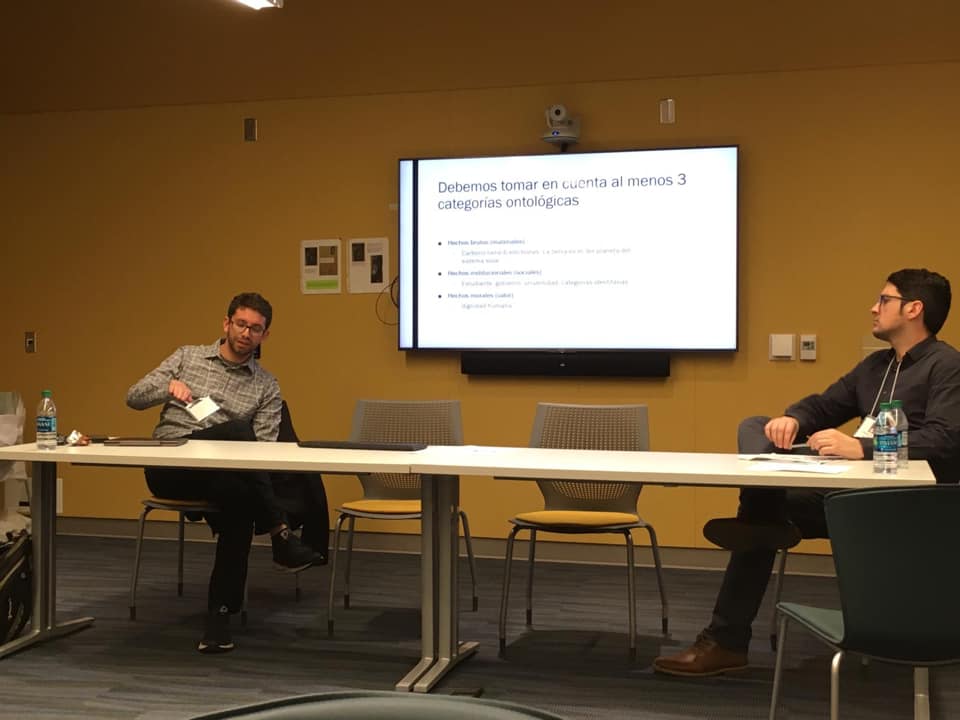
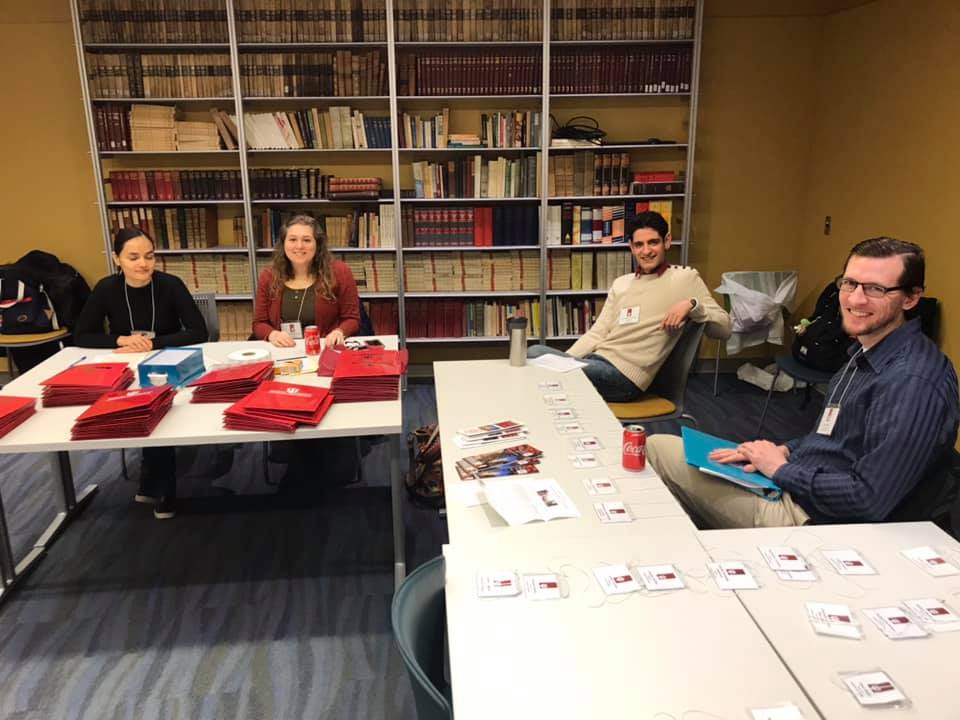
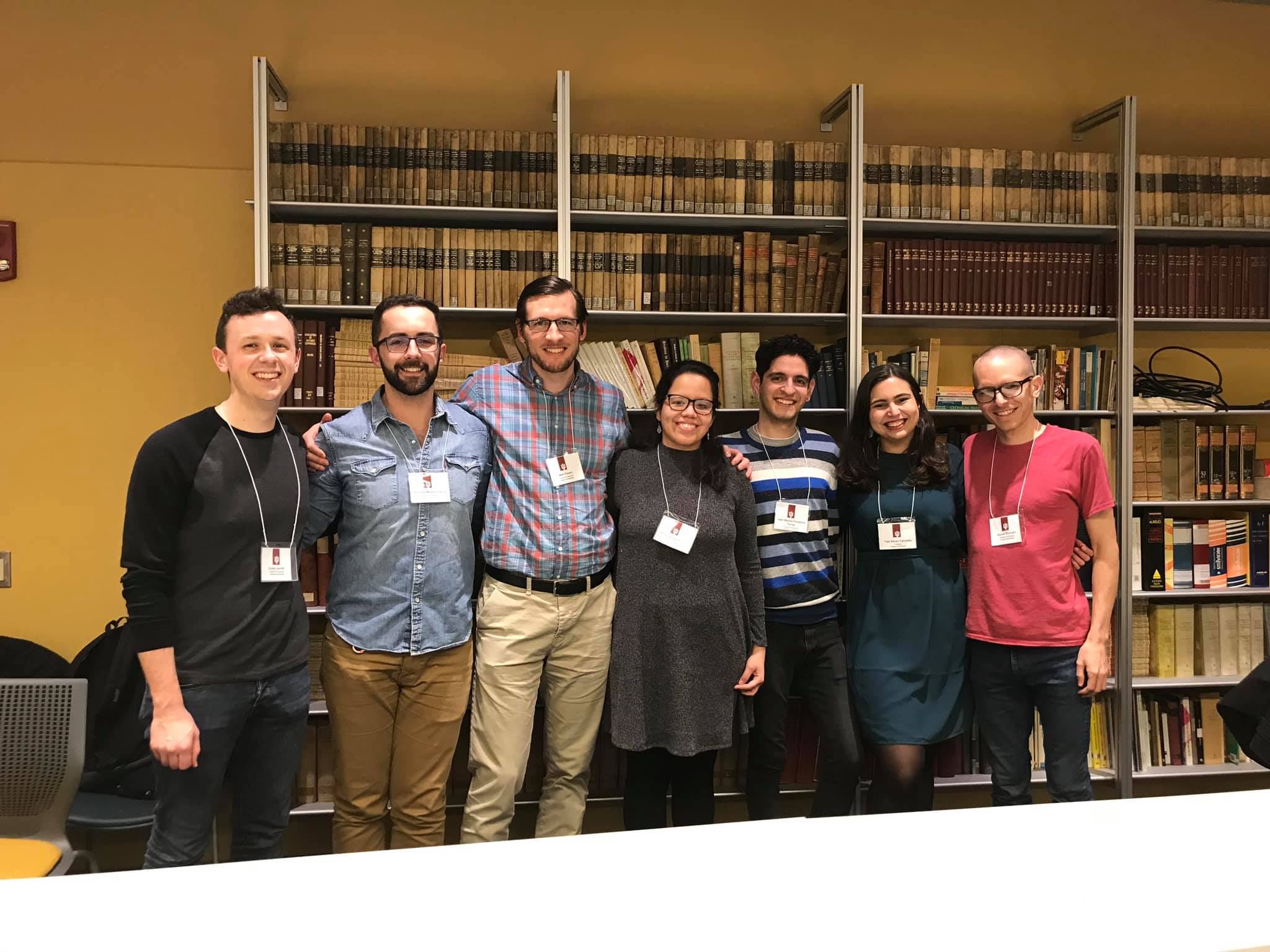
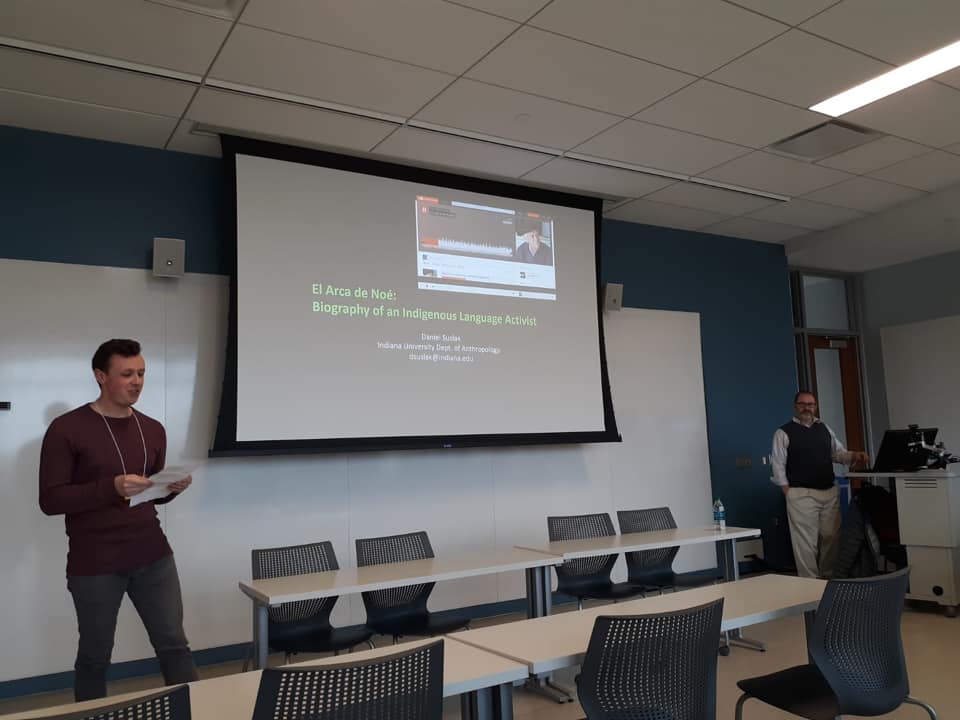
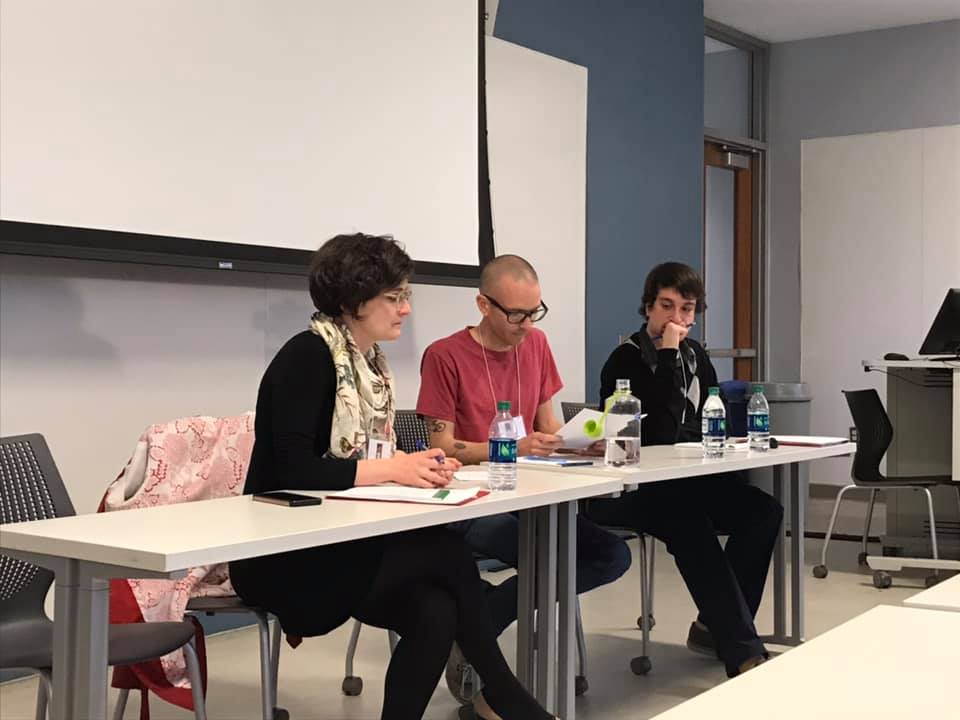
 The College of Arts
The College of Arts